I recently finished liquidating the remaining loans in my $5,000 LendingClub P2P portfolio, but due to a unfortunate crash I lost many of my notes and screenshots. I can still share the most important parts like my final results and selling recommendations.
As when liquidating my $5k Prosper P2P portfolio,
I used the “Trading Account” option – run by outside brokerage firm Folio Investing – which allows me to sell my notes to other individuals which . For residents of many states, the only way to buy LendingClub P2P loans is on this secondary market as they are not allowed buy them directly. In my opinion, this makes the pricing of the notes more competitive than with Prosper.
Prospers allows an auction format for selling notes, but LendingClub does not. Instead, you must set a price and either someone volunteers to buy it or not. Folio Investing charges a 1% transaction fee to the seller of the note after a completed transaction. If the note does not sell, then you simply keep your note and pay no fees. It’s hard to know the market value of each note, as there is no real-time data based on past sales of similar notes available.
Due to the constraints of this setup, if you want to optimize your selling price and don’t care about your time spent, you should initially list all of your loans at a significant premium of say 5% above principal. If they sell, they sell. Usually there is a large enough group of bidders that if they don’t sell within a day, they probably won’t ever sell. If they don’t sell, then you lose nothing but time. Next, reprice your notes after 24 hours and lower the markup to say 4%. Rinse and repeat at 3% premium, 2% premium, 1% premium, par, 1% discount, 2% discount, and so on until nearly all your notes should be sold within a week.
After that, you’ll probably be left with loans that have a previous late payment or two somewhere in there, which note buyers seem to avoid like the plague even if the loans revert to current. If you really want to sell those last few loans, you may have to put them up at significant discount of 10% or more.
(LendingClub does not allow the sale of loans that are currently late or in default. This can be annoying when a loan become late after you list it for sale, and thus gets pulled. So close!)
However, I was impatient and I just wanted to sell my notes with minimal time spent. I basically put up all of my notes at par (no markup or discount) and the vast majority of them sold within a few hours. In retrospect, I could have definitely listed them at a higher price. Then I started discounting the remaining loans heavily so they would also sell quickly. I reasoned that missing out of 1% of my entire $1,400 portfolio was just $14. In then end, I got back 98.8% of my principal before the 1% fee, or 97.8% of my principal after the 1% fee.
Once the trade clears, transfers from LendingClub to my bank account were very, very quick. I initiated the transfer during a weekday during work hours and at midnight my bank alerted me that an electronic deposit had been made.
So now the only thing left in my portfolio is a single 30+ days late loan that I can’t sell, with a remaining principal of $6.09. I doubt I’ll ever see that money anyway, so I consider my account completely liquidated. The good news is that it should be fully charged-off by the end of 2015, so I won’t have any more tax concerns past the 2015 tax year.
Recap. In my experience, you should be able to liquidate your current LendingClub loans within a week while still roughly maximizing your the market value of your notes. You should have the money in your bank account by the end of the second week. For current notes, you should be able to average a gross sale price very close to or even higher than the current face value (principal + accrued interest) of your loans. Keep in mind the 1% transaction fee paid by seller. You may have some “leftover” late loans that will take a few more months to fully charge-off and realize losses.
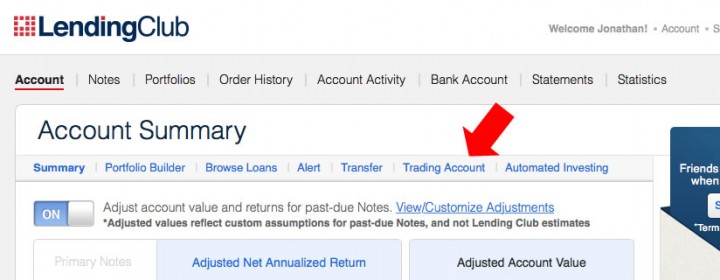
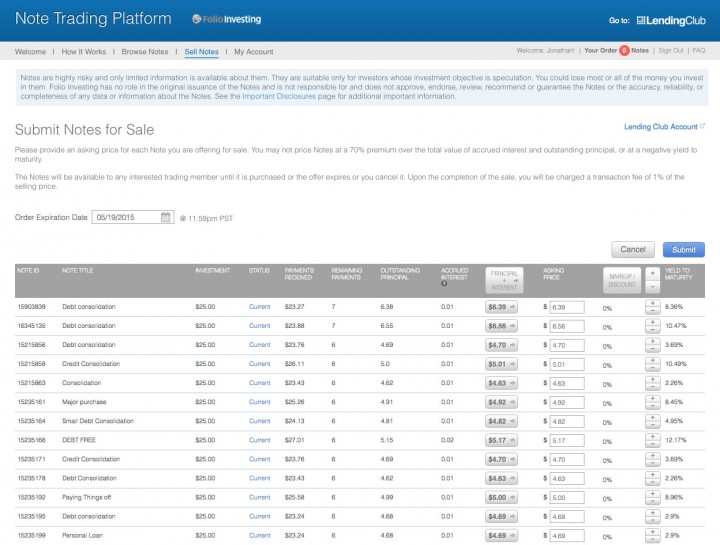
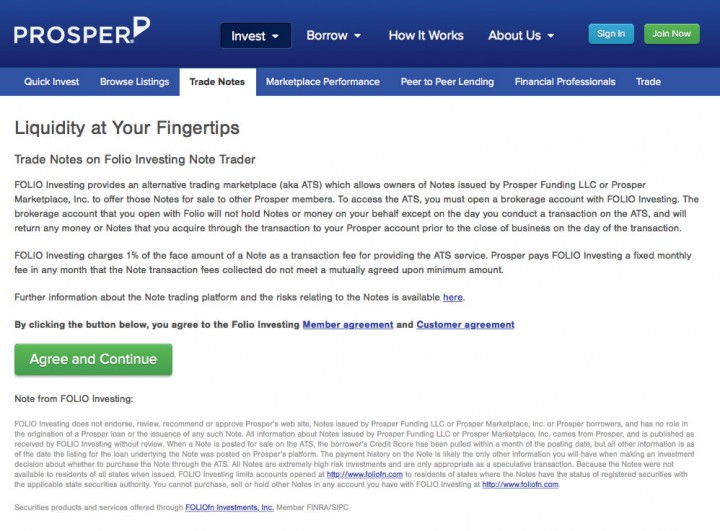
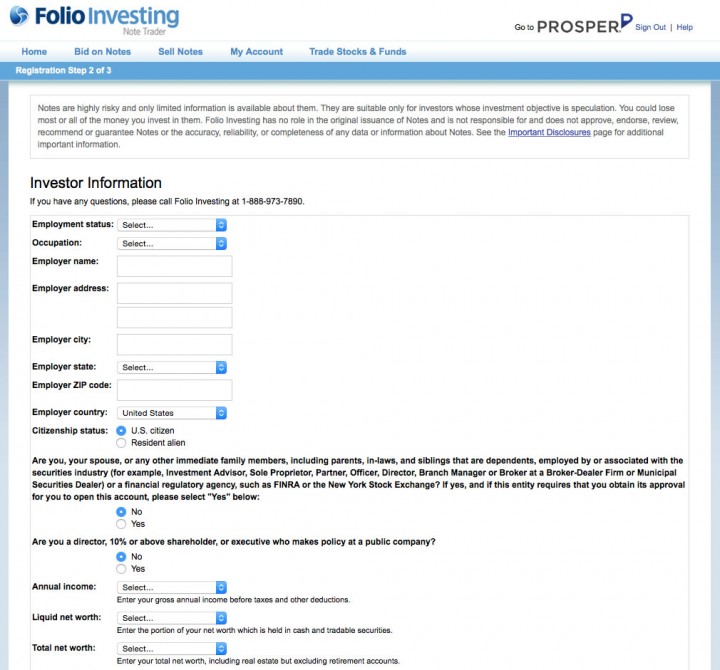
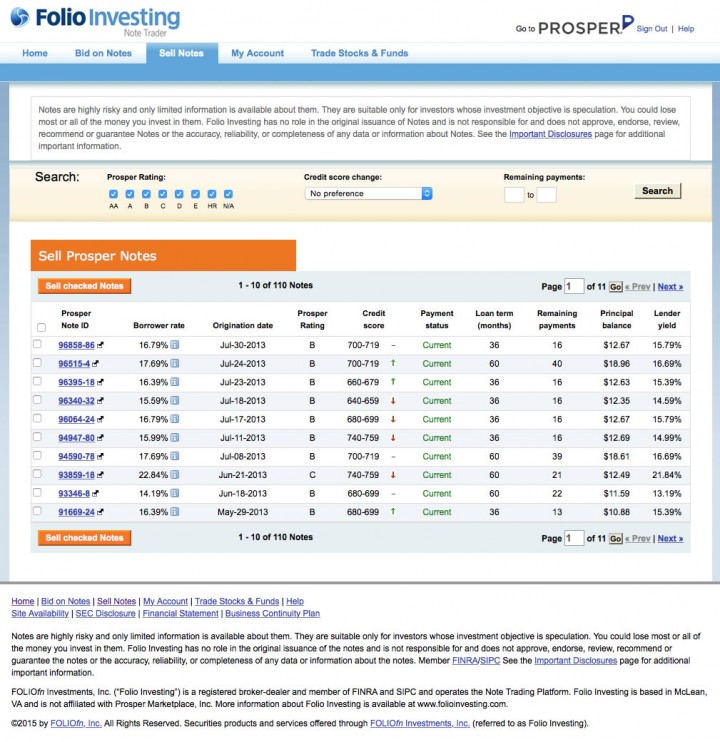
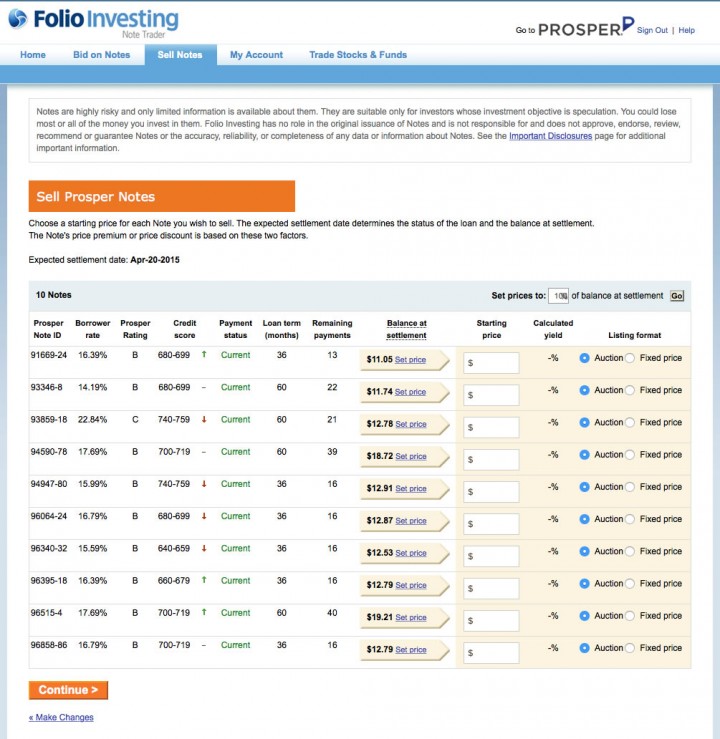
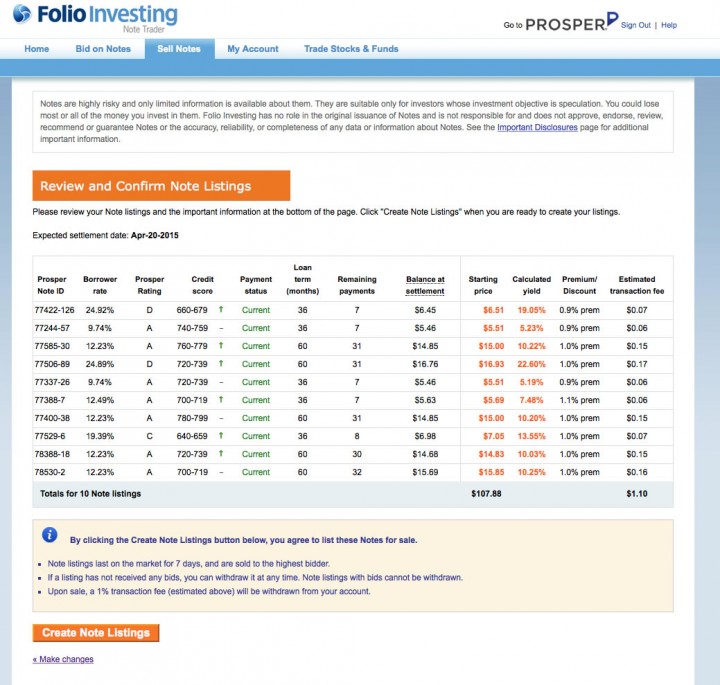
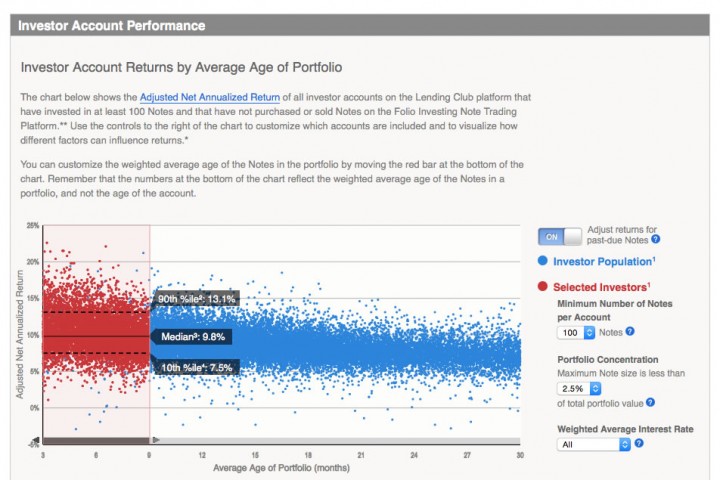
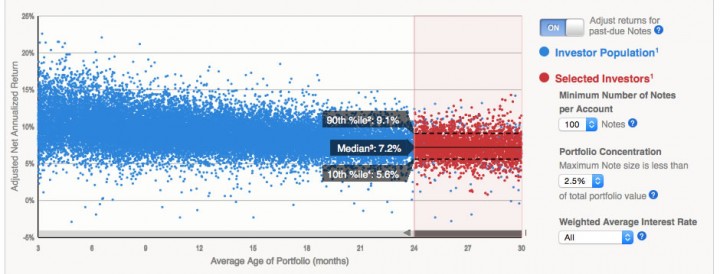
 The Best Credit Card Bonus Offers – 2025
The Best Credit Card Bonus Offers – 2025 Big List of Free Stocks from Brokerage Apps
Big List of Free Stocks from Brokerage Apps Best Interest Rates on Cash - 2025
Best Interest Rates on Cash - 2025 Free Credit Scores x 3 + Free Credit Monitoring
Free Credit Scores x 3 + Free Credit Monitoring Best No Fee 0% APR Balance Transfer Offers
Best No Fee 0% APR Balance Transfer Offers Little-Known Cellular Data Plans That Can Save Big Money
Little-Known Cellular Data Plans That Can Save Big Money How To Haggle Your Cable or Direct TV Bill
How To Haggle Your Cable or Direct TV Bill Big List of Free Consumer Data Reports (Credit, Rent, Work)
Big List of Free Consumer Data Reports (Credit, Rent, Work)